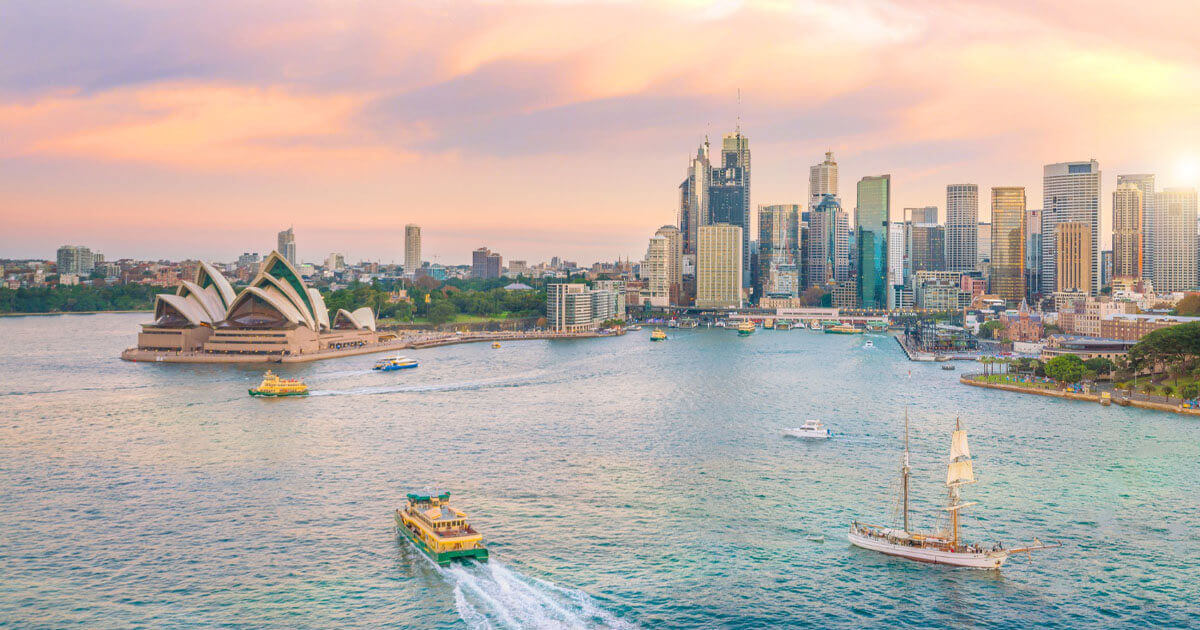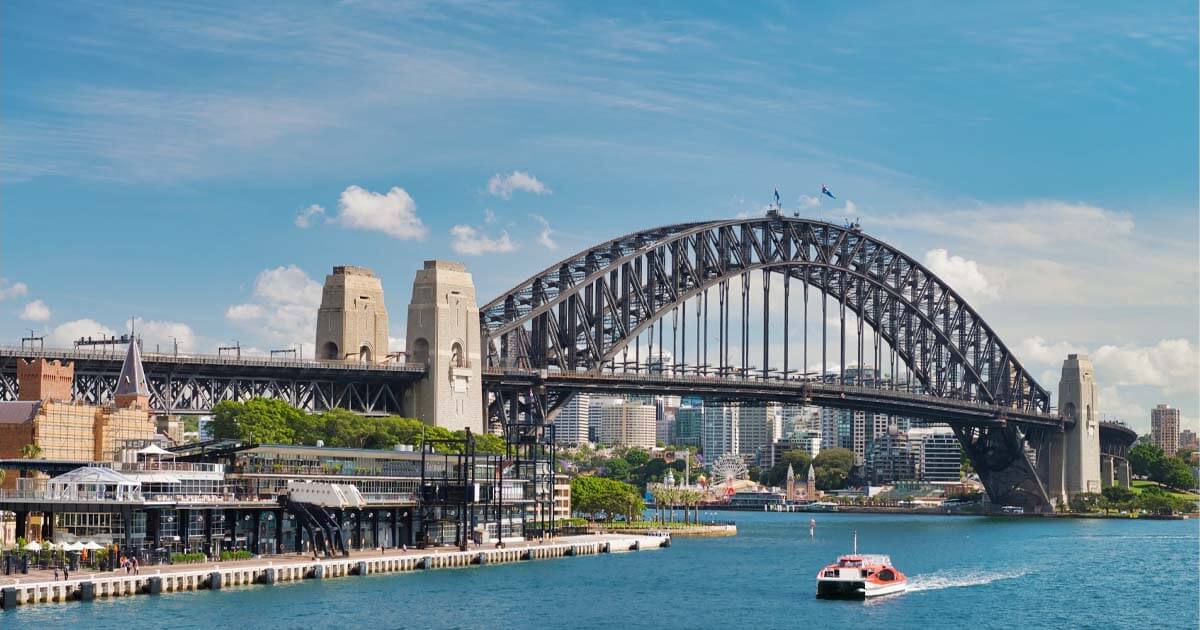From November 2019, large cities such as Gold Coast, Perth, Adelaide and Newcastle were included for migration purpose as a regional area, offering several migration opportunities.
Most of Australia’s population is concentrated in Sydney, Melbourne and Brisbane. For this reason, the Australian government has been working increasingly to facilitate migration to other cities and thus support the overall growth of the country.
The Australian regional definition is comprised of three categories and offers regional incentives for skilled migrants who migrate to locations classified as Category 2 or Category 3.
Category 2 – ‘Cities and Major Regional Centres’, including Perth, Adelaide, the Gold Coast, the Sunshine Coast, Canberra, Newcastle/Lake Macquarie, Wollongong/Illawarra, Geelong and Hobart.
What are the Benefits of Living in these Regions?
Access to allocated 25,000 regional places.
Priority processing of regional visas.
Access to the regional occupation lists – more jobs compared to non-regional lists.
From 2021, International graduates with a bachelor or higher qualification from a regional campus of a registered institution will be eligible to access an additional 1 to 2 years in Australia on a post-study work visa (subclass 485).
Applicants who have lived and studied in a “regional area” may be eligible for an additional 05 points on the points test when applying for a Skilled Migration point test visa.
A point test system applies for Skilled Migration visas, which takes into account the applicant’s age, English level, education, professional experience, between other criteria.
Do you want more guidance on how to plan your Australian migration path with the benefit of a regional area?
Get in touch to chat with us: Book A Consultation








